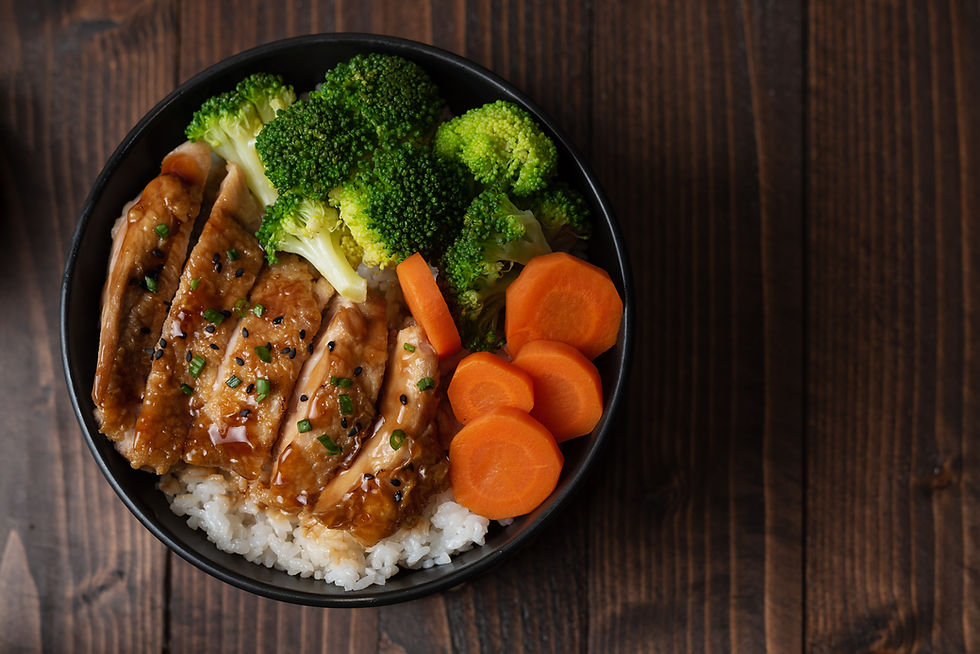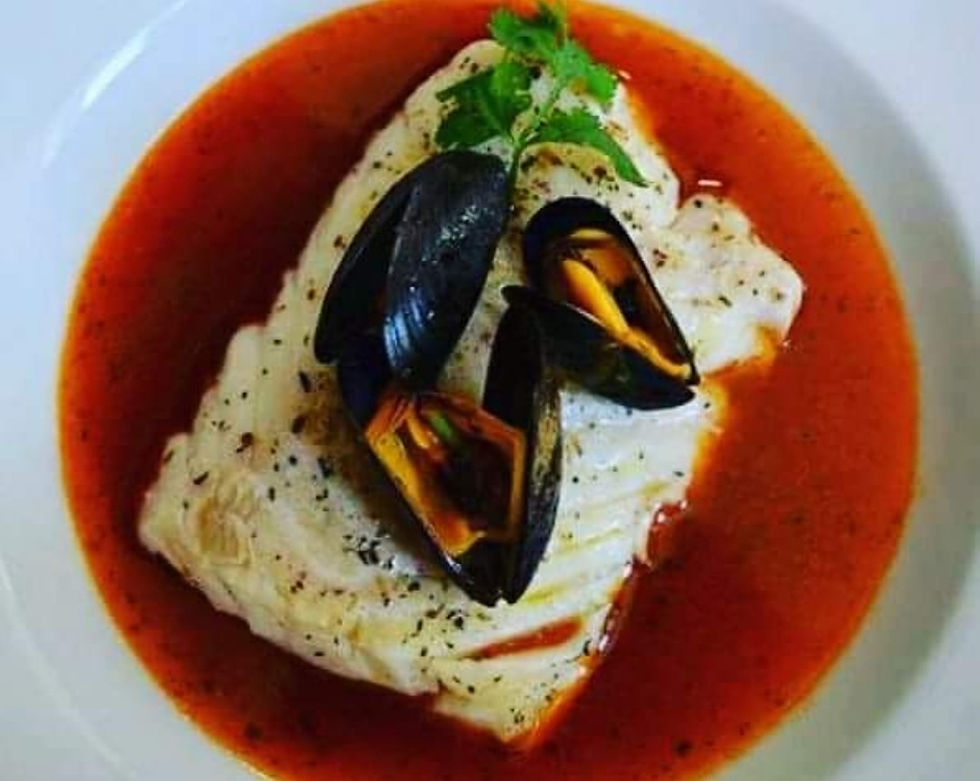A Guide to Avoiding Fake Olive Oils Discover the Secrets to Selecting Authentic Olive Oil for Maximum Flavor and Health Benefits
- Eliane Muskus
- Jan 14
- 4 min read
Olive oil, often referred to as liquid gold, is a cornerstone of Mediterranean cuisine, celebrated for its rich flavor and numerous health benefits. However, not all olive oils are created equal. With the rise in popularity of olive oil, the market has seen an influx of counterfeit and low-quality products. Knowing how to choose high-quality olive oil is essential to ensure you're getting the authentic product with all its benefits.
The Importance of High-Quality Olive Oil.
Authentic olive oil is packed with antioxidants, healthy fats, and anti-inflammatory properties, making it a key ingredient in a healthy diet. High-quality olive oil enhances the flavor of your dishes and contributes to better heart health, improved digestion, and even longevity. But with so many options on the market, how can you ensure you're selecting the real deal?
How to Spot High-Quality Olive Oil
There are many fake olive oils on the market, where consumers end up paying a premium price for what they believe is authentic olive oil, but in reality, it isn't.
Check the Label before you buy.
Look for extra virgin olive oil which is the highest quality. It is made from pure, cold-pressed olives, without the use of chemicals or heat.
Also pay attention to the country of origin. Olive oil from countries like Italy, Spain, and Greece are well-regarded, but beware of blended oils from multiple countries, as these may be lower quality.
Look for certifications like the USDA Organic label or Protected Designation of Origin (PDO), which ensure the oil meets strict production standards.
High-quality olive oil is always sold in dark glass bottles to protect it from light, which can degrade the oil's quality.
Avoid plastic or clear glass bottles, as they can allow light and air to enter, causing the oil to oxidize, turn rancid and lose its health benefits.
Another important detail is to check the harvest date on the bottle.
Freshness is key in olive oil. Look for a harvest date on the label and choose oils that are within 18 months of harvest. Older oils may have lost their flavor and nutritional value. Having said this, beware of oils with a vague “best before” date instead of a specific harvest date, as this can indicate a lack of transparency.
Taste and Smell: High-quality olive oil should have a fruity, slightly bitter, and peppery taste. It should not taste greasy, rancid, or musty.
Fresh olive oil has a vibrant, green, and grassy aroma. If the oil smells flat, waxy, or like crayons, it may be old or low-quality.
The Price:
While price alone isn’t always an indicator of quality, extremely cheap olive oil is often a red flag. Genuine extra virgin olive oil requires significant effort to produce, so it’s typically priced accordingly.
How to Avoid Fake Olive Oil
The olive oil industry is notorious for counterfeit products, where oils are diluted with cheaper oils like sunflower or canola, or are mislabeled as extra virgin when they’re not. To avoid fake olive oil make sure you buy it from reputable brands or stores.
I strongly recommend to stick to well-known, trusted brands or specialty stores that prioritize quality.
I am often asked how to buy freshly pressed olive oil at the market, especially from a vendor who produces their own oil.
Here’s what I recommend:
Get to Know the Vendor by establishing a relationship with the vendor. Producers who take pride in their craft will gladly share details about their olive oil, from the type of olives used to the pressing process.
Ask to taste. Freshly pressed olive oil should have a vibrant, fruity taste with a peppery finish. Sampling the oil is a great way to assess its quality before purchasing.
Most market vendors who produce their own oils offer a tasting option. This is a great opportunity to sample the oil before buying, allowing you to experience its flavor, aroma, and quality firsthand. Tasting the oil gives you a better sense of its freshness and authenticity, helping you make an informed decision and ensuring you're getting a product that meets your expectations.
Inquire About the Harvest Date: Freshness is key when it comes to olive oil. Ask the vendor when the olives were harvested and when the oil was pressed to ensure you’re getting the freshest product.
Trustworthy vendors are always open about their production methods.
Whe. Yoi follow these steps, you can confidently purchase freshly pressed olive oil from a market, knowing you’re supporting a producer who truly cares about the quality of their product.
Here are some extra tips to help you assess its quality when buying olive oil from a market vendor who produces their own oil,
Don't be shy and ask questions. For example, ask about the production process, the type of olives used, and when the olives were harvested. Knowledgeable vendors should be able to provide detailed information.
Ask to taste it as many market vendors offer samples. High-quality olive oil should taste fresh, with a balance of fruity, bitter, and peppery notes. If it tastes flat, greasy, or rancid, it’s likely not high quality.
Smell It: Fresh olive oil has a vibrant, green, and slightly grassy aroma. Avoid oils that smell musty, waxy, or off.
Look for Freshness and ask about the harvest date. Olive oil is best when it’s fresh, ideally within 18 months of harvest.
By using these tips, you can make a more informed decision and increase your chances of purchasing a high-quality olive oil. You can also do some research before purchasing.
Choosing high-quality olive oil is essential for both flavor and health. By paying attention to the label, bottle, harvest date, and price, and by trusting your taste and smell, you can rest assure you're getting authentic olive oil. Remember, when it comes to olive oil, quality truly matters.
#OliveOil #ExtraVirginOliveOil #HealthyEating #MediterraneanDiet #CookingTips #FoodieTips #AuthenticOliveOil #HealthyLiving #GourmetCooking










Comments